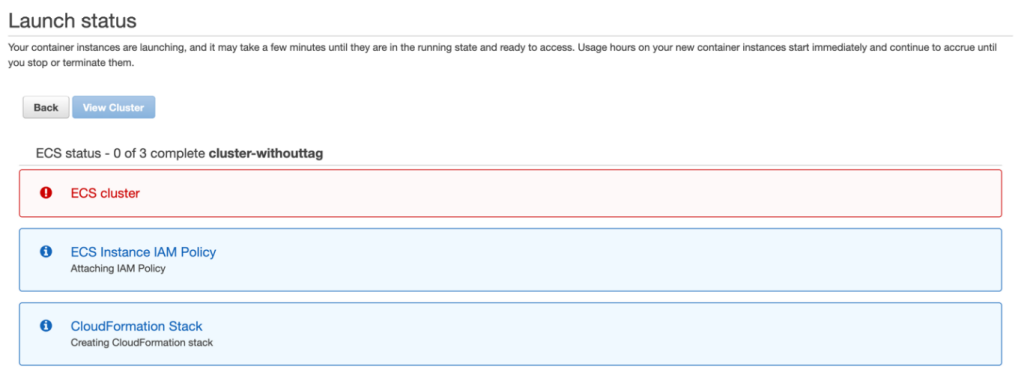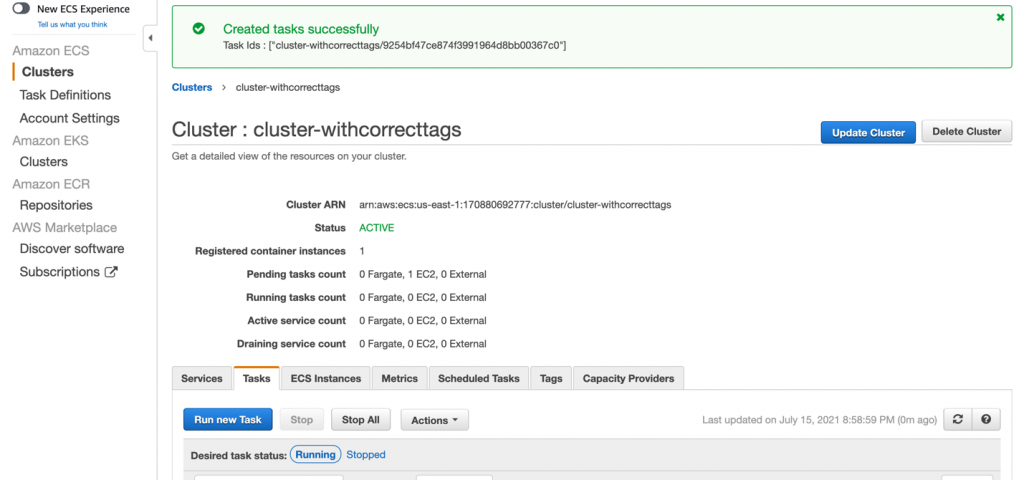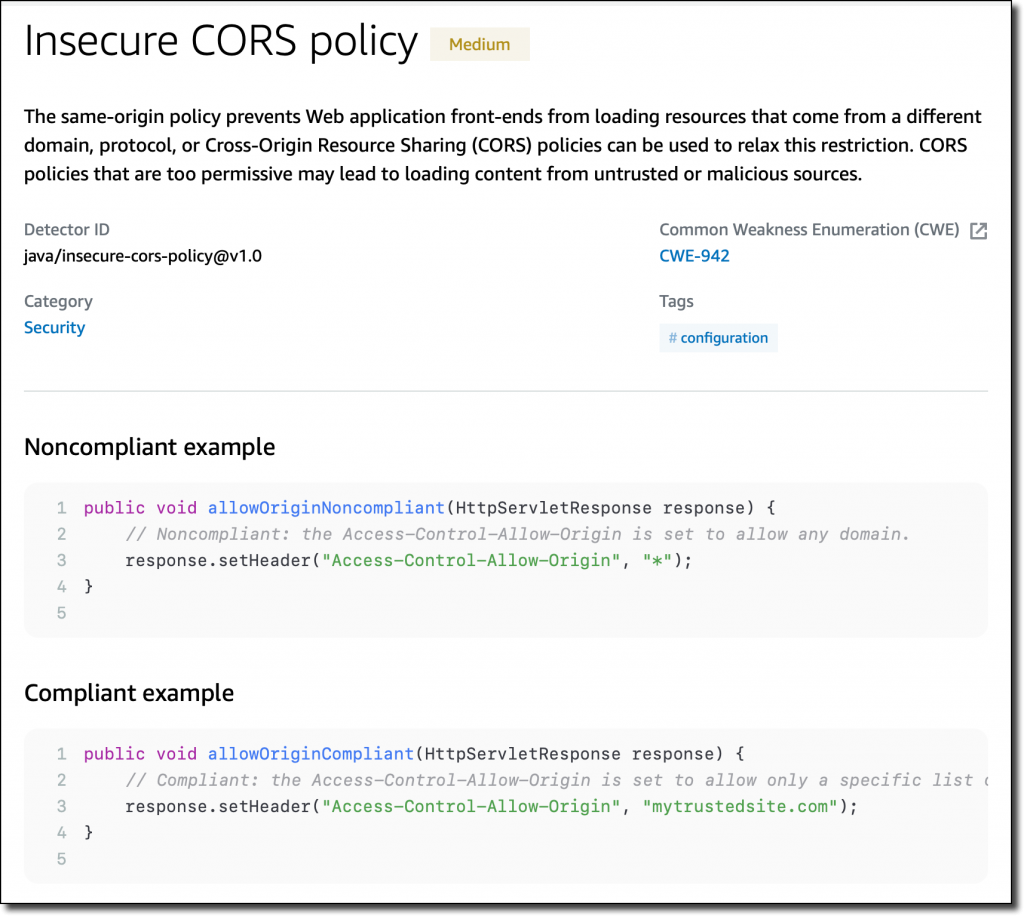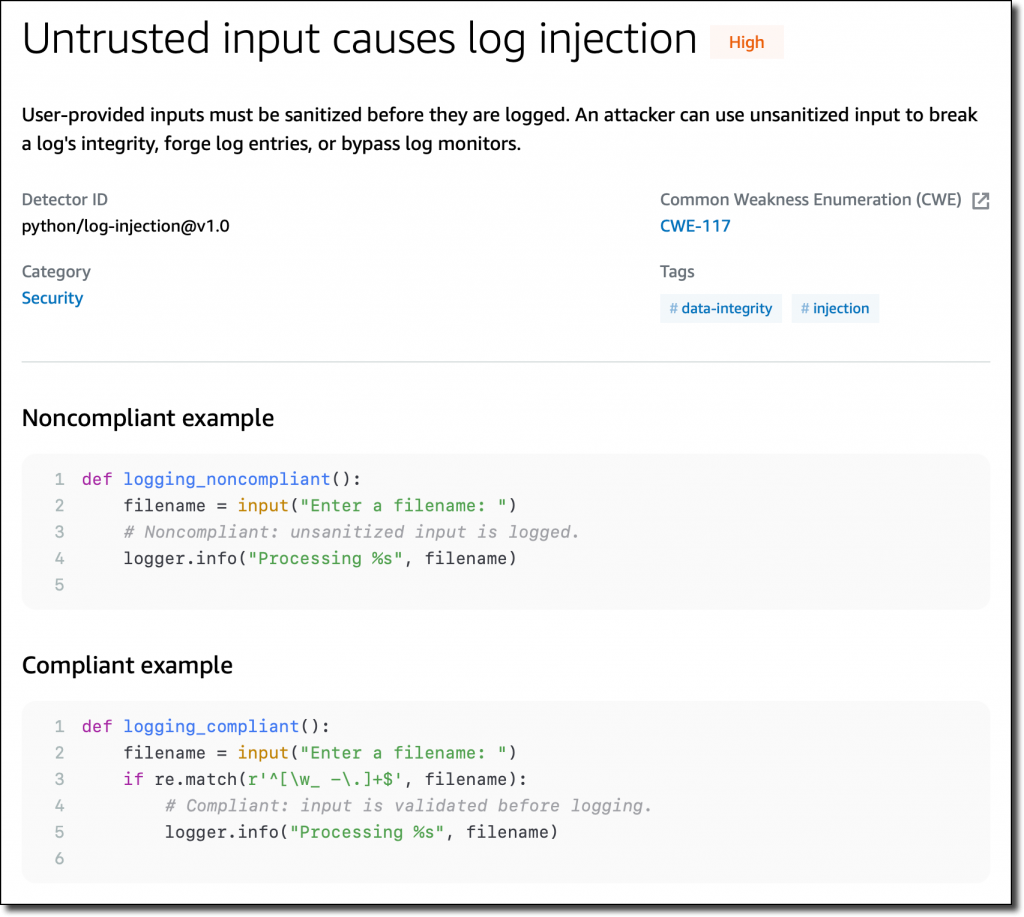Post Syndicated from Maddie Bacon original https://aws.amazon.com/blogs/security/aws-security-profile-philip-winstanley-security-engineering/

In the AWS Security Profile series, I interview some of the humans who work in Amazon Web Services (AWS) Security and help keep our customers safe and secure. This interview is with Philip Winstanley, a security engineer and AWS Guardian. The Guardians program identifies and develops security experts within engineering teams across AWS, enabling these teams to use Amazon Security more effectively. Through the empowerment of these security-minded Amazonians called “Guardians,” we foster a culture of informed security ownership throughout the development lifecycle.
How long have you been at AWS, and what do you do in your current role?
I’ve been with AWS for just over three years now. I joined in Dublin, Ireland, and I’ve since transferred back to the UK, back to my home city of Manchester. I’m a security engineer on the service team for AWS Managed Services (AMS). We support customer workloads in the cloud and help customers manage them, optimize them, and keep them safe and secure.
How did you get started in the world of security?
I was a software developer for many years, and in building software I discovered that security is an integral part of delivering safe and secure solutions to my customers. That really sparked my interest in the security space, and I started researching and learning about all the different types of attacks that were out there, and learning about organized crime. That led me to work with the UK’s National Crime Agency, where I became a special officer, and to the United Kingdom Royal Airforce, where I worked in the cyber defense team. I managed to merge my technical knowledge with my law enforcement and military knowledge, and then bring them all together as the security engineer that I am today.
What are you currently working on that you’re excited about?
I have the joy of working with full-spectrum security, which is everything from protecting our environments to detecting risks within our environments to responding to those risks. But the bulk of my work is in helping our service teams build safe and secure software. Sometimes we call that AppSec (application security), sometimes we call it secure development. As part of that, I work with a group of volunteers and specialists within engineering teams that we call Guardians. They are our security specialists embedded within AWS service teams. These are people who champion security and make sure that everything we build meets a high security bar, which often goes beyond what we’re asked to do by compliance or regulation. We take it that extra mile. As Guardians, we push our development teams to continually raise the bar on security, privacy, compliance, and the confidentiality of customer data.
What are the most important aspects of being a Guardian?
A Guardian is there to help teams do the right thing when it comes to security—to contextualize knowledge of their team’s business and technology and help them identify areas and opportunities to improve security. Guardians will often think outside the box. They will come at things from a security point of view, not just a development point of view. But they do it within the context of what our customers need. Guardians are always looking around corners; they’re looking at what’s coming next. They’re looking at the risks that are out there, looking at the way environments are evolving, and trying to build in protections now for issues that will come down the line. Guardians are there to help our service teams anticipate and protect against future risks.
How have you as a Guardian improved the quality of security outcomes for customers?
Many of our customers are moving to the cloud, some for the first time, and they have high standards around data sovereignty, around the privacy of the data they manage. In addition to helping service teams meet the security bar, Guardians seek to understand our customers’ security and privacy requirements. As a result, our teams’ Guardians inform the development of features that not only meet our security bar, but also help our customers meet their security, privacy, and compliance requirements.
How have you helped develop security experts within your team?
I have the joy of working with security experts from many different fields. Inside Amazon, we have a huge community of security expertise, touching every single domain of security. What we try to do is cross-pollinate; we teach each other about our own areas of expertise. I focus on application security and work very closely with my colleagues who work in threat intelligence and incident response. We all work together and collaborate to raise the bar for each of us, sharing our knowledge, our skills, our expertise. We do this through training that we build, we do it through knowledge-sharing sessions where we get together and talk about security issues, we do it through being jointly introspective about the work that we’ve done. We will even do reviews of each other’s work and bar raise, adding our own specialist knowledge and expertise to that of our colleagues.
What advice would you give to customers who are considering their own Guardians program?
Security culture is something that comes from within an organization. It’s also something that’s best when it’s done from the ground up. You can’t just tell people to be secure, you have to find people who are passionate about security and empower them. Give them permission to put that passion into their work and give them the opportunity to learn from security training and experts. What you’ll see, if you have people with that passion for security, is that they’ll bring that enthusiasm into the work from the start. They’ll already care about security and want to do more of it.
You’re a self-described “disruptive anti-CISO.” What does that mean?
I wrote a piece on LinkedIn about what it really is, but I’ll give a shorter answer. The world of information security is not new—it’s been around for 20, 30 years, so all the thinking around security comes from a world of on-premises infrastructure. It’s from a time before the cloud even existed and unfortunately, a lot of the security thinking out there is still borne of that age. When we’re in a world of hyper-scaled environments, where we’re dealing with millions of resources, millions of endpoints, we can’t use that traditional thinking anymore. We can’t just lock everything in a box and make sure no one’s got access to it. Quite the opposite, we need to enable innovations, we need to let the business drive that creativity and produce solutions, which means security needs to be an enabler of creativity, not a blocker. I have a firm belief that security plays a part in delivering solutions, in helping solutions land, and making sure that they succeed. Security is not and should never be a gatekeeper to success. More often than not in industries, that was the position that security took. I believe in the opposite—security should enable business. I take that thinking and use it to help AWS customers succeed, through sharing our experience and knowledge with them to keep them safe and secure in the cloud.
What’s the thing you’re most proud of in your career?
When I was at the National Crime Agency, I worked in the dark web threat intelligence unit and some of my work was to combat child exploitation and human trafficking. The work I did there was some of the most rewarding I’ve ever done, and I’m incredibly proud of what we achieved. But it wasn’t just within that agency, it was partnering with other organizations, police forces around the world, and cloud providers such as AWS that combat exploitation and help move vulnerable children into safety. Working to protect victims of crime, especially the most vulnerable, helped me build a customer-centric view to security, ensuring we always think about our end customers and their customers. It’s all about people; we are here to protect and defend families and real lives, not just 1’s and 0’s.
If you had to pick an industry outside of security, what would you want to do?
I have always loved space and would adore working in the space sector. I’m fascinated by all of the renewed space exploration that’s happening at the moment, be it through Blue Origin or Space X or any of these other people out there doing it. If I could have my time again, or even if I could pivot now in my career, I would go and be a space man. I don’t need to be an astronaut, but I would want to contribute to the success of these missions and see humanity go out into the stars.
If you have feedback about this post, submit comments in the Comments section below. If you have questions about this post, contact AWS Support.
Want more AWS Security news? Follow us on Twitter.


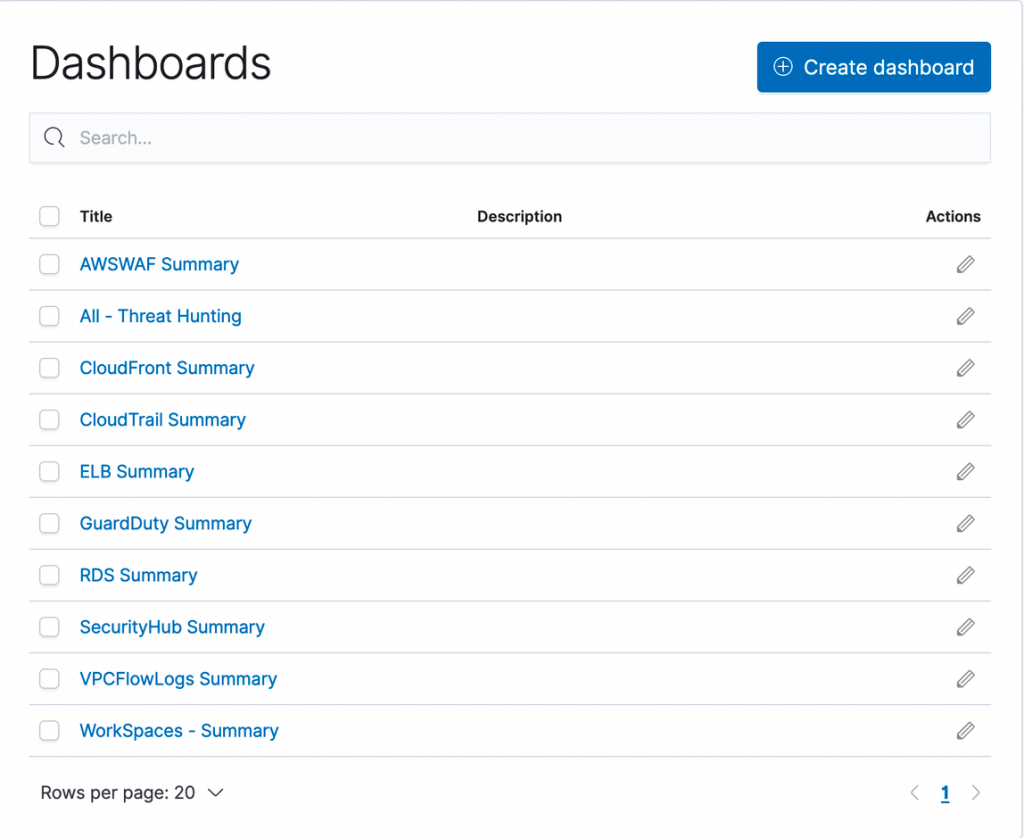

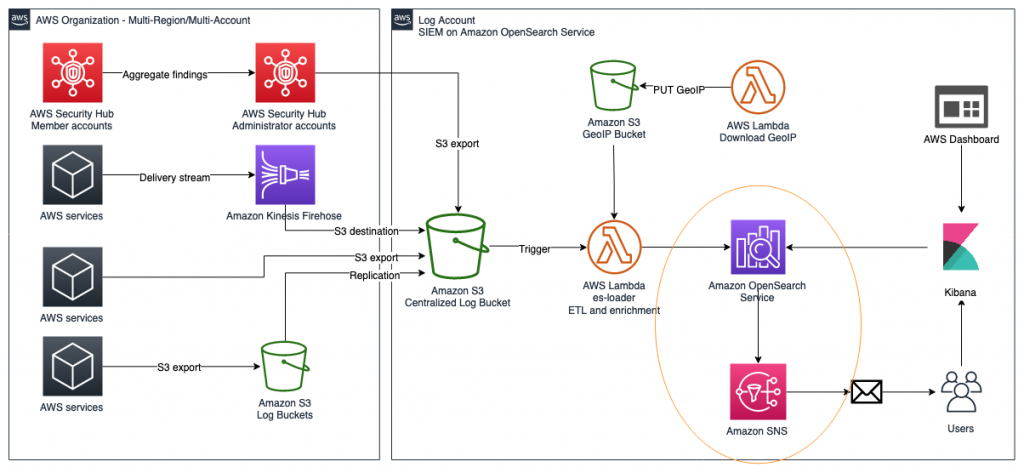





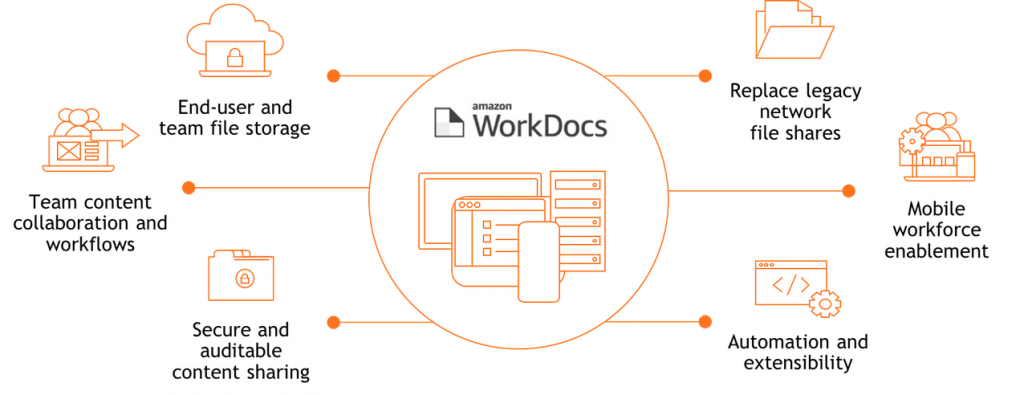
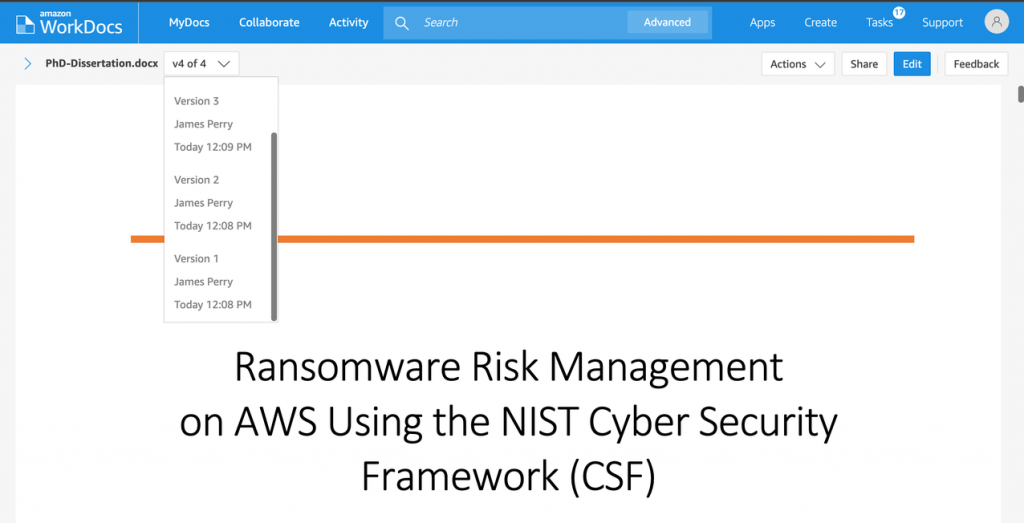























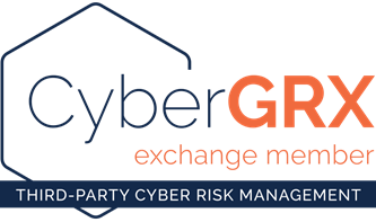







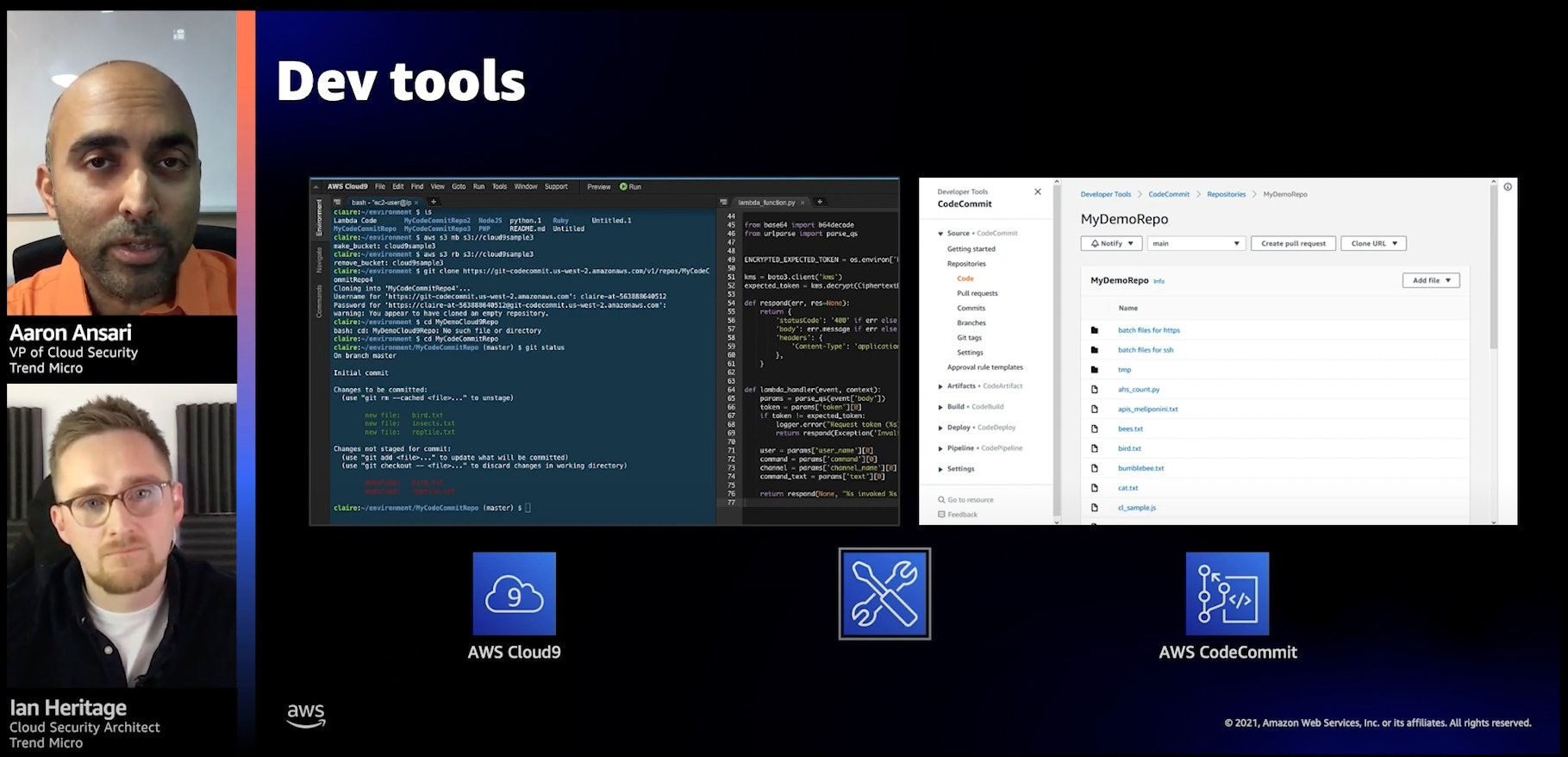

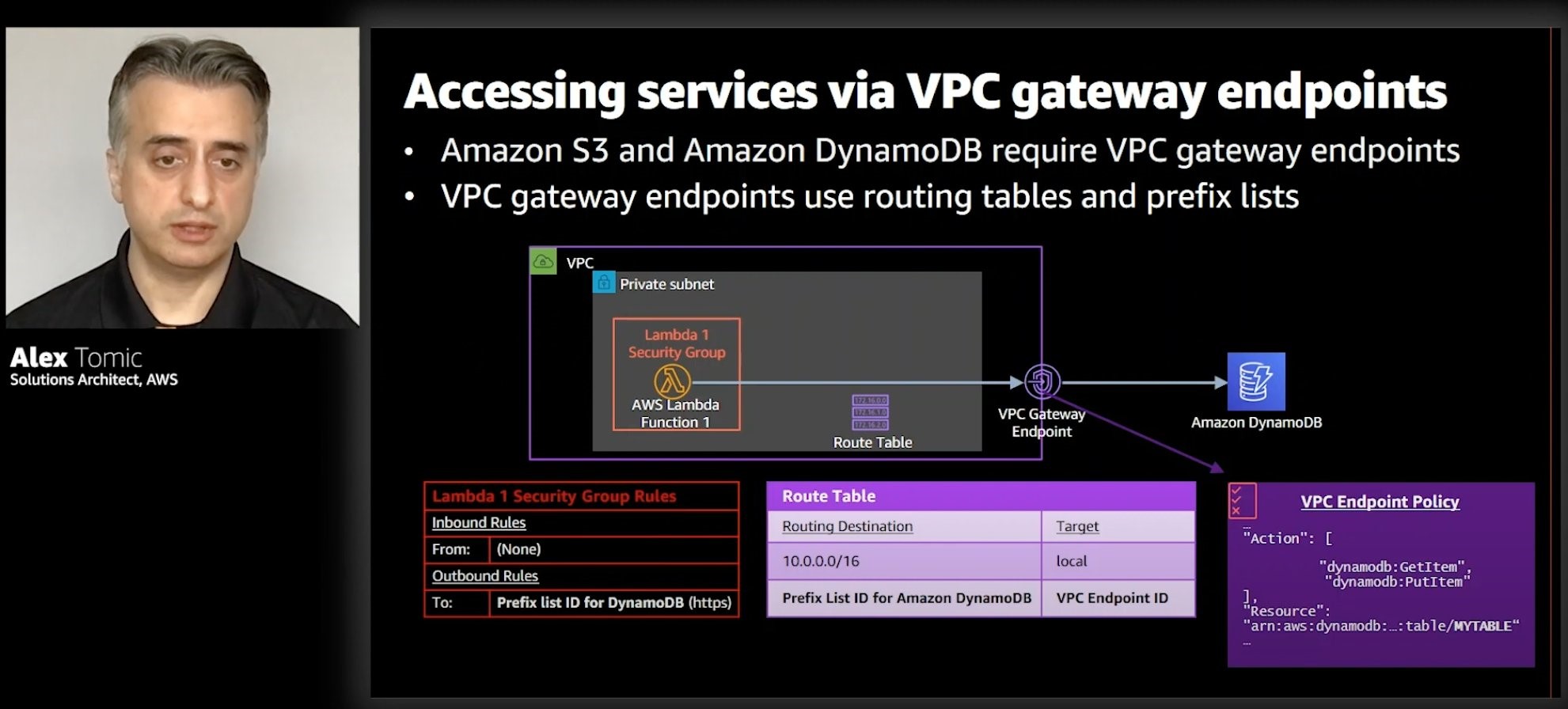




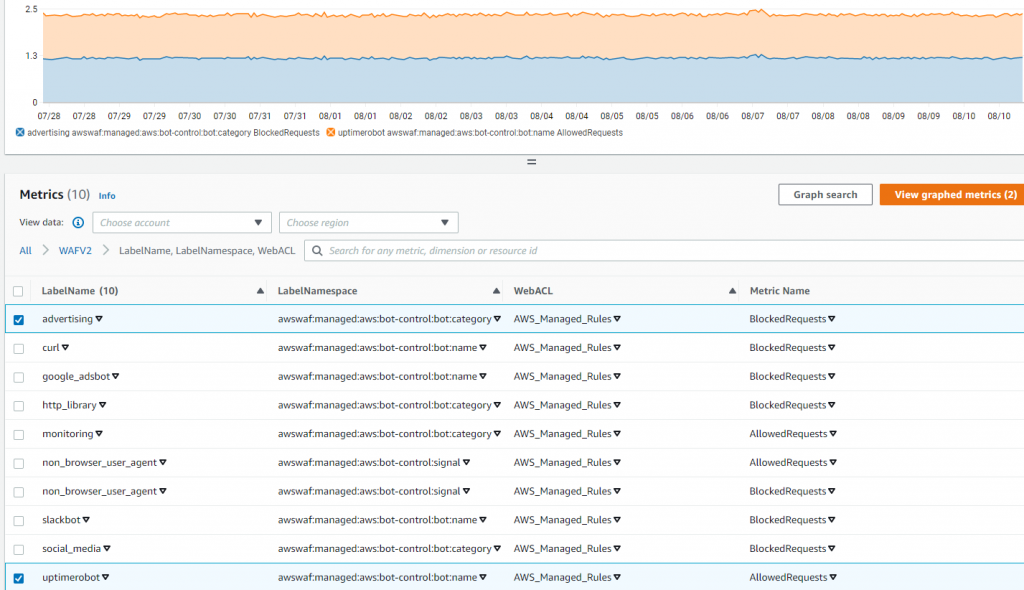






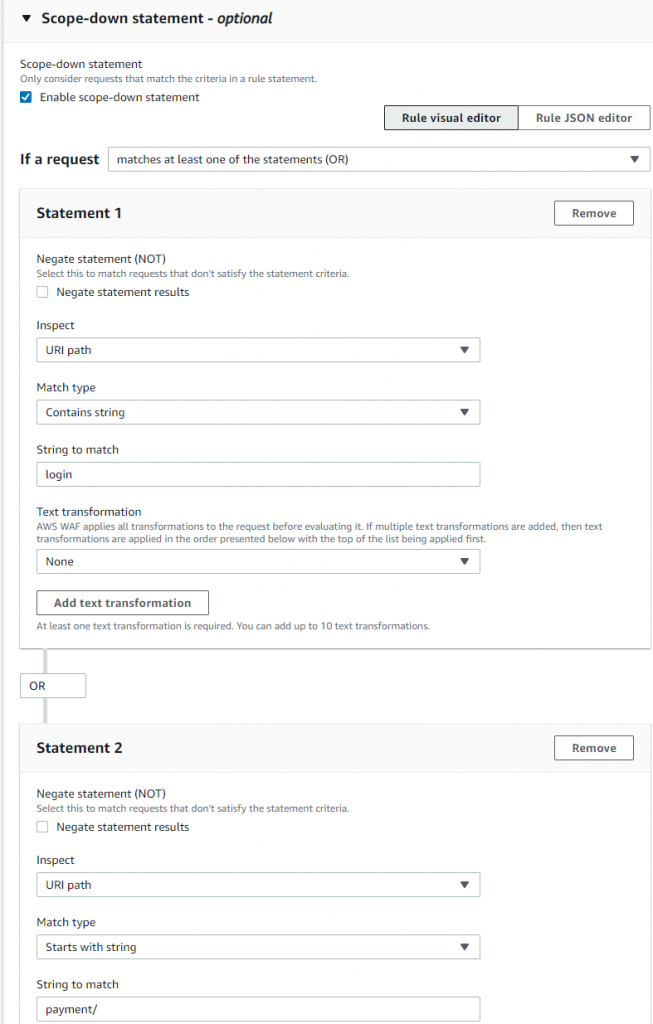

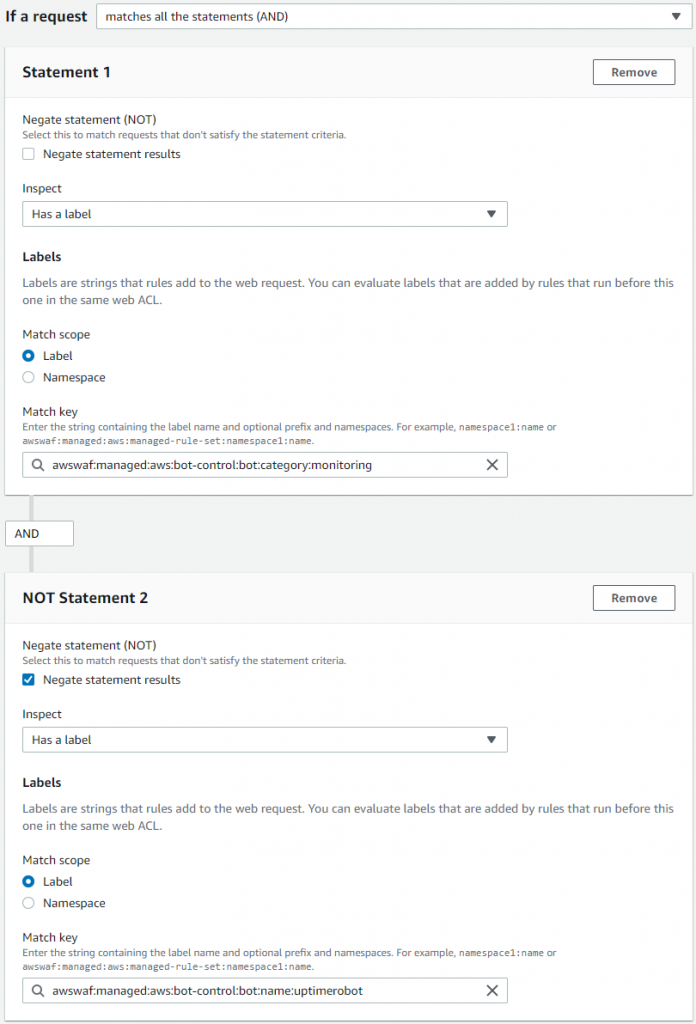

 At Amazon Web Services (AWS), security, high performance, and
At Amazon Web Services (AWS), security, high performance, and 



